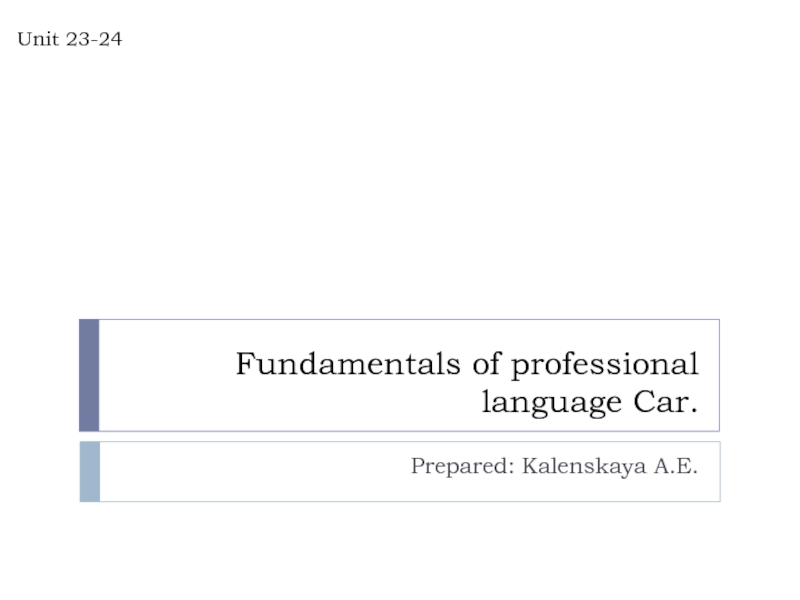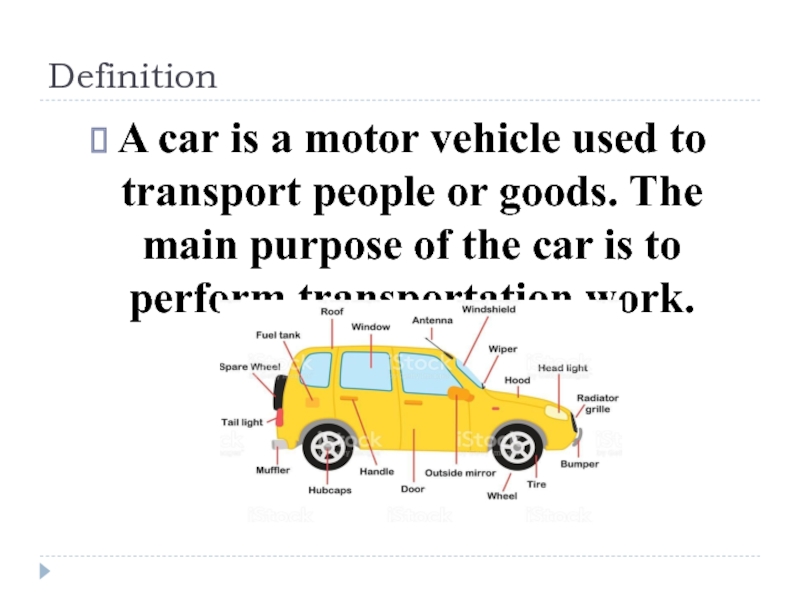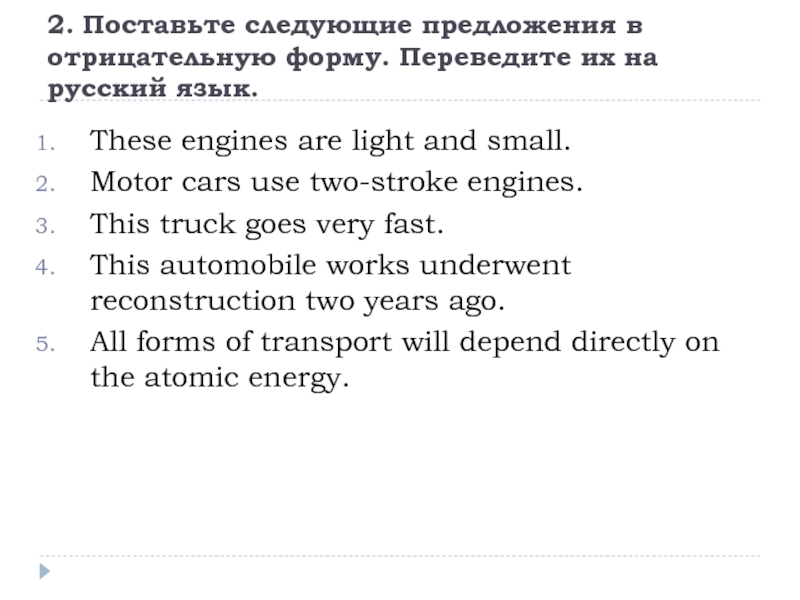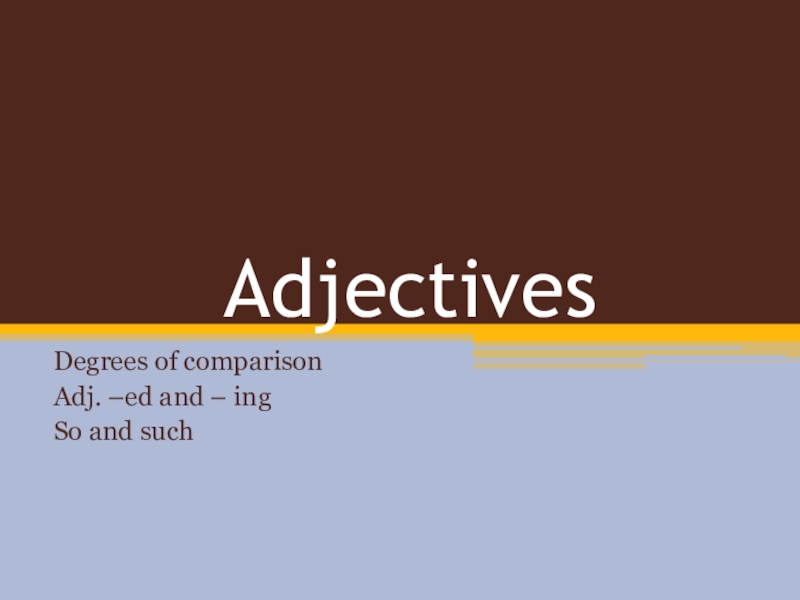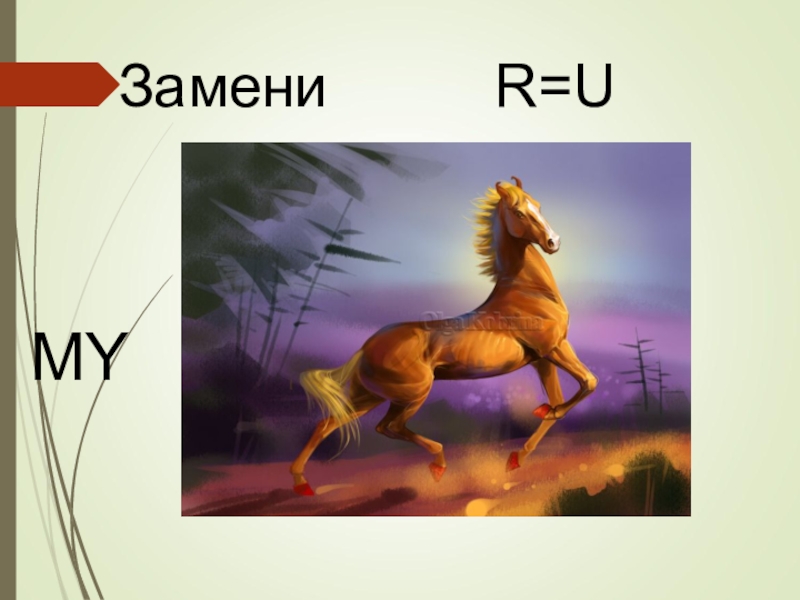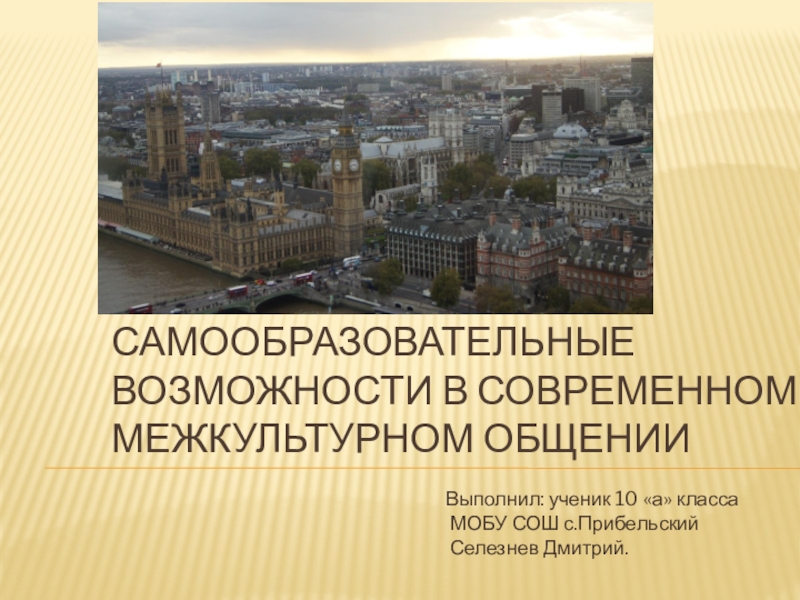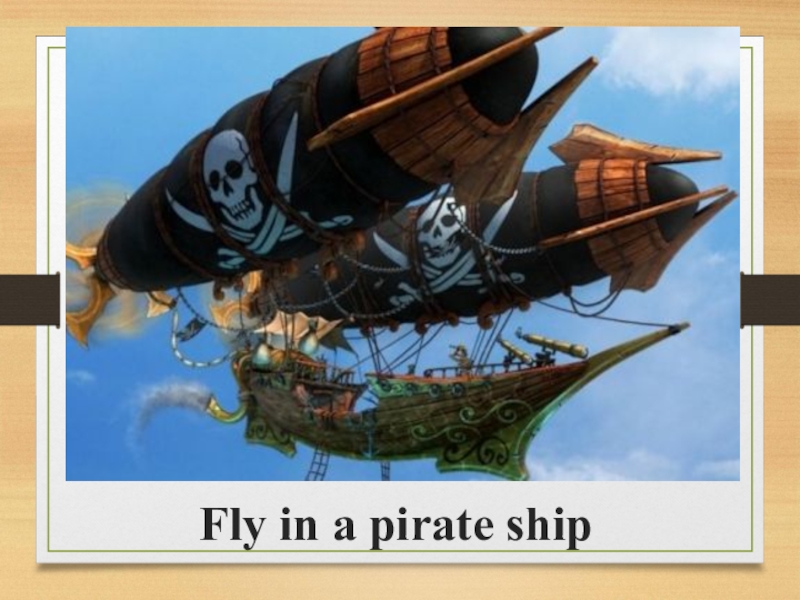- Главная
- Разное
- Образование
- Спорт
- Естествознание
- Природоведение
- Религиоведение
- Французский язык
- Черчение
- Английский язык
- Астрономия
- Алгебра
- Биология
- География
- Геометрия
- Детские презентации
- Информатика
- История
- Литература
- Математика
- Музыка
- МХК
- Немецкий язык
- ОБЖ
- Обществознание
- Окружающий мир
- Педагогика
- Русский язык
- Технология
- Физика
- Философия
- Химия
- Шаблоны, фоны, картинки для презентаций
- Экология
- Экономика
Презентация, доклад на тему Профессионально-направленный модуль Устройство автомобиля
Содержание
- 1. Профессионально-направленный модуль Устройство автомобиля
- 2. Definition A car is a motor vehicle
- 3. Where does the word “automobile” come from?The
- 4. VocabularyWas introduceChanges Convenience AdvantagesDestinationIncrease Traffic jamSolution To
- 5. Answer the questions:1. What is the original
- 6. Translate the following sentences containing different forms
- 7. Unit 24 The transport system of Great
- 8. The transport system of Great BritainThe leading
- 9. Air TransportThe fastest way is by plane.As
- 10. Air TransportLondon is not by chance called
- 11. London has three international airports:Heathrow, the largest, connected to the city by underground;
- 12. Слайд 12
- 13. Gatwick, south of London, with a frequent train service; Luton, the smallest, used for charter flights.
- 14. Sea transportAbout 90% of the total cargo
- 15. Sea transportThe largest passenger sea port in
- 16. Eurotunnel under the English ChannelIn 1994, a
- 17. Bus serviceGreat Britain is a double-decker buses,
- 18. Read and Translate: Transport in BritainYou can
- 19. When you are in London you can
- 20. 2. Answer the questions: 1. What
- 21. Home workPrepare a message about the US transportation system.
- 22. Unit 26 London TrafficVocabulary:expensive — дорогой route
- 23. 1. В следующих предложениях определите видовременные формы
- 24. 2. Поставьте следующие предложения в отрицательную форму.
- 25. 3. В следующих предложениях определите видовременные формы
Слайд 2Definition
A car is a motor vehicle used to transport people
Слайд 3Where does the word “automobile” come from?
The word automobile is not
The synonyms of automobile are: auto, car, auto-car, motor car.
The role and importance of an automobile arise from the fact that it can move along roads unprovided with rails.
Слайд 4Vocabulary
Was introduce
Changes
Convenience
Advantages
Destination
Increase
Traffic jam
Solution
To develop
To encourage
Vehicle
Petrol
Engine
Noisy
Fast
Use
Fuel
Truck
Stroke
Piston
Crankshaft
Connecting rod
Слайд 5Answer the questions:
1. What is the original of the word automobile?
2.
3. Why does the automobile play an important part in the economic development in many countries?
Слайд 6Translate the following sentences containing different forms of comparison.
Diesel engines use
The lightest of the engines is a two-stroke engine.
Diesel engines are much safer than petrol engines because there is less danger of fire.
The speed of this passenger car is great as of that one.
This new device operates several times faster than your old devise.
The faster you drive your car the more attentive you must be on the road.
This is the most interesting model of the motor car.
Слайд 7Unit 24 The transport system of Great Britain
consist of
self-moving
arise from
unprovided
rails
substantially
adapt for
cease
luxury
decisive
Solution
development
road maintenance
improvement
to reach
underground
charter flight
steamer
ferry-boat
to overtake
shilling
shape
Слайд 8The transport system of Great Britain
The leading role belongs to sea
Road transport accounts for 75% of domestic traffic (the main London-Manchester-Glasgow highway)
Railway transport accounts for about 20%.
Слайд 9Air Transport
The fastest way is by plane.
As an island country, the
There are 150 passenger airports in the country, which have connections with 120 countries of the world.
The transportation is carried out by the British Airways multinational company.
Слайд 10Air Transport
London is not by chance called the main gate of
Heathrow;
Gatwick;
Stansted;
Luton;
London City;
Southend.
Слайд 11London has three international airports:
Heathrow, the largest, connected to the city
Слайд 13Gatwick, south of London, with a frequent train service;
Luton, the
Слайд 14Sea transport
About 90% of the total cargo turnover is accounted for
All areas of the country, except West Midland, are connected with seaports, which are the main transportation hubs.
The largest of them are London, Southampton, Liverpool, Gul and Harwich. London and Liverpool ports pass about half of all trucks (at a cost). Last year there were more passengers than air.
Слайд 15Sea transport
The largest passenger sea port in the UK is Port
Слайд 16Eurotunnel under the English Channel
In 1994, a railway tunnel opened under
Слайд 17Bus service
Great Britain is a double-decker buses, of which there are
Слайд 18Read and Translate: Transport in Britain
You can reach England either by
If you go to England by train or by car you have to cross the Channel. There is a frequent service of steamers and ferryboats which connect the continent to the south-east of England.
People in Britain drive on the left and generally overtake on the right. The speed limit is 30 miles per hour (50 km/h) in towns and cities and 70 m.p.h. (110 km/h) on motorways.
Слайд 19When you are in London you can choose from four different
The next to arrive were the trains; now there are twelve railway stations in London. The world's first underground line was opened between Baker St. and the City in 1863. Now there are ten underground lines and 273 underground stations in use. The London underground is also called the Tube, because of the circular shape of its deep tunnels.
Слайд 202. Answer the questions:
1. What is the fastest way
Слайд 22Unit 26 London Traffic
Vocabulary:
expensive — дорогой
route — маршрут
to mark — обозначать
passenger
Facilities – средства
Important – важный
surfaced roads – дороги с твёрдям покрытием
routes – маршруты, дороги
turnpikes – шлагбаумы
to appear – появляться
railway – железная дорога
to expend - тратить
cargo – груз
pipelines –трубопроводы
Слайд 231. В следующих предложениях определите видовременные формы глагола и укажите их
1. The first Russian trucks came off the assembly lines in 1924.
2. There are many sources of power.
3. The motor car will be much greater.
4. He was shown the way to the plant.
5. This method will be widely used in automobile industry.
Слайд 242. Поставьте следующие предложения в отрицательную форму. Переведите их на русский
These engines are light and small.
Motor cars use two-stroke engines.
This truck goes very fast.
This automobile works underwent reconstruction two years ago.
All forms of transport will depend directly on the atomic energy.
Слайд 253. В следующих предложениях определите видовременные формы глаголов и укажите их
The first Russian trucks came off the assembly lines in 1924.
Our college has well equipment laboratories.
Diesel engines last longer then petrol engines.
The speed of new motor car greatly increase.
